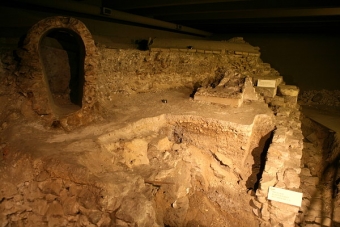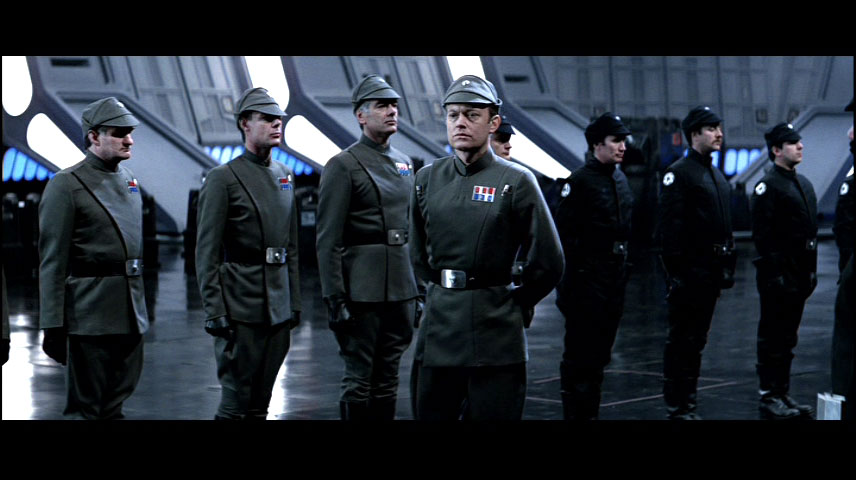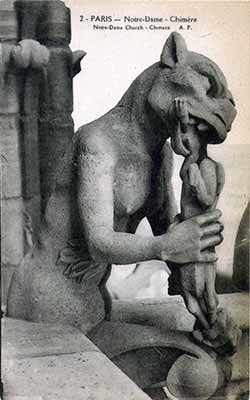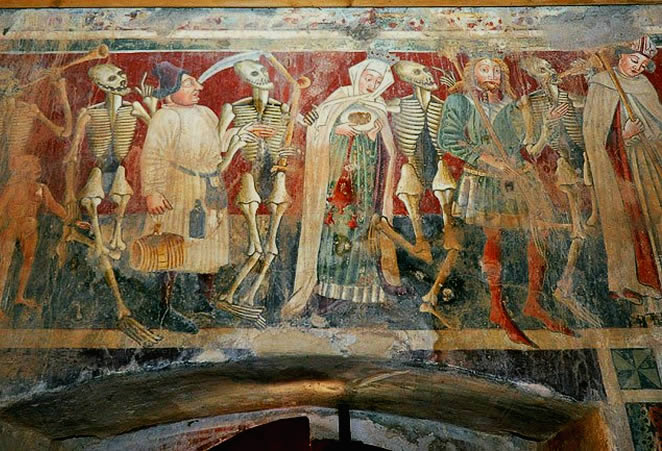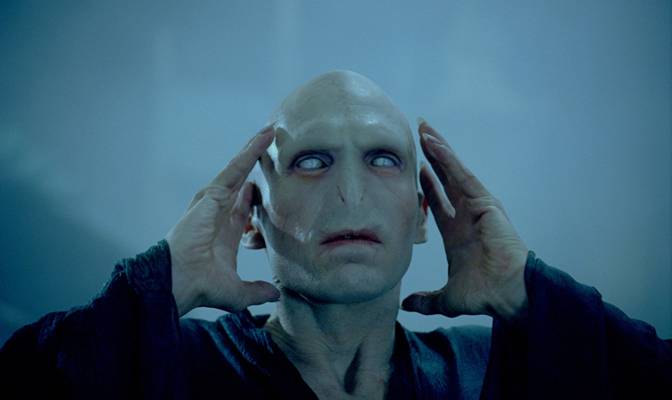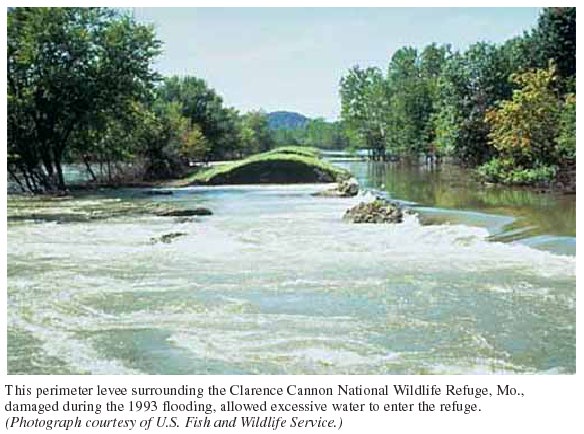Two quotes begin this section. The first is from the short story
The House of Asterion by Jorge Luis Borges. It reads:
"Perhaps I have created the stars and the sun and this enormous house, but I no longer remember."
The House of Asterion is a pretty short story, and when I read it the first time it made me think of Julian. Then R. J. Palacio said
on Twitter that the story helped her find Auggie's voice. (Hmmm . . . more to think about.) What do you think?
The House of Asterion was originally published in 1947 and can be read
here.
The second quote is from Lord of the Flies by William Golding. It reads:
"Fear can't hurt you any more than a dream."
In Lord of the Flies, the quote continues with "There aren't any beasts to be afraid of on this island." Those of you who have read Lord of the Flies, was there anything to be afraid of on the island? Were they afraid? Did fear affect them? Did fear hurt them? Most importantly, how might fear play into Julian's story?
Julian says, "Put a mask on, Auggie!" and says that Auggie should keep his creepy little face hidden away like in The Phantom of the Opera. The Phantom of the Opera was published as a novel in 1910 and was made into a movie in 1925, but it is probably best known for the musical that came out in 1986. Here's the phantom from the musical.
When Mr. Tushman calls Julian's mom about meeting Auggie at school, Julian says she acts like he won an Oscar. The Oscars are awards given to people in the film industry like actors, actresses, directors, and for the best movies. It's a pretty big deal - red carpet, interviews, TV cameras, screaming fans - and Julian says this is how his mom reacts to getting the call from Mr. Tushman.
Julian, Charlotte, and Jack wait in the Nurse Molly's office. They're all a little nervous before talking to Mr. Tushman, and Julian says he resists the temptation to make a balloon out of the latex gloves, even though he knew it would make the others laugh. I agree, it is funny, but do you think this is a good time to be funny?

Julian says that he, Jack, and Charlotte were nodding their heads like bobbleheads at Mr. Tushman's questions. Here's what he was talking about, an actual bobblehead.
After Mr. Tushman says, "It's good karma to do good. It's a mitzvah, you know?" Jack says he doesn't know what heck either one of those is. Neither did I, so I looked them up.
Karma is the idea that when a person does good (or bad) things, then good (or bad) things happen back to them in the future. It's the idea that "what comes around, goes around."
"It's a mitzvah!" basically means "It's a good deed." According to
this site, someone might say "What a mitzvah!" when a person is helpful or generous or kind or compassionate.




